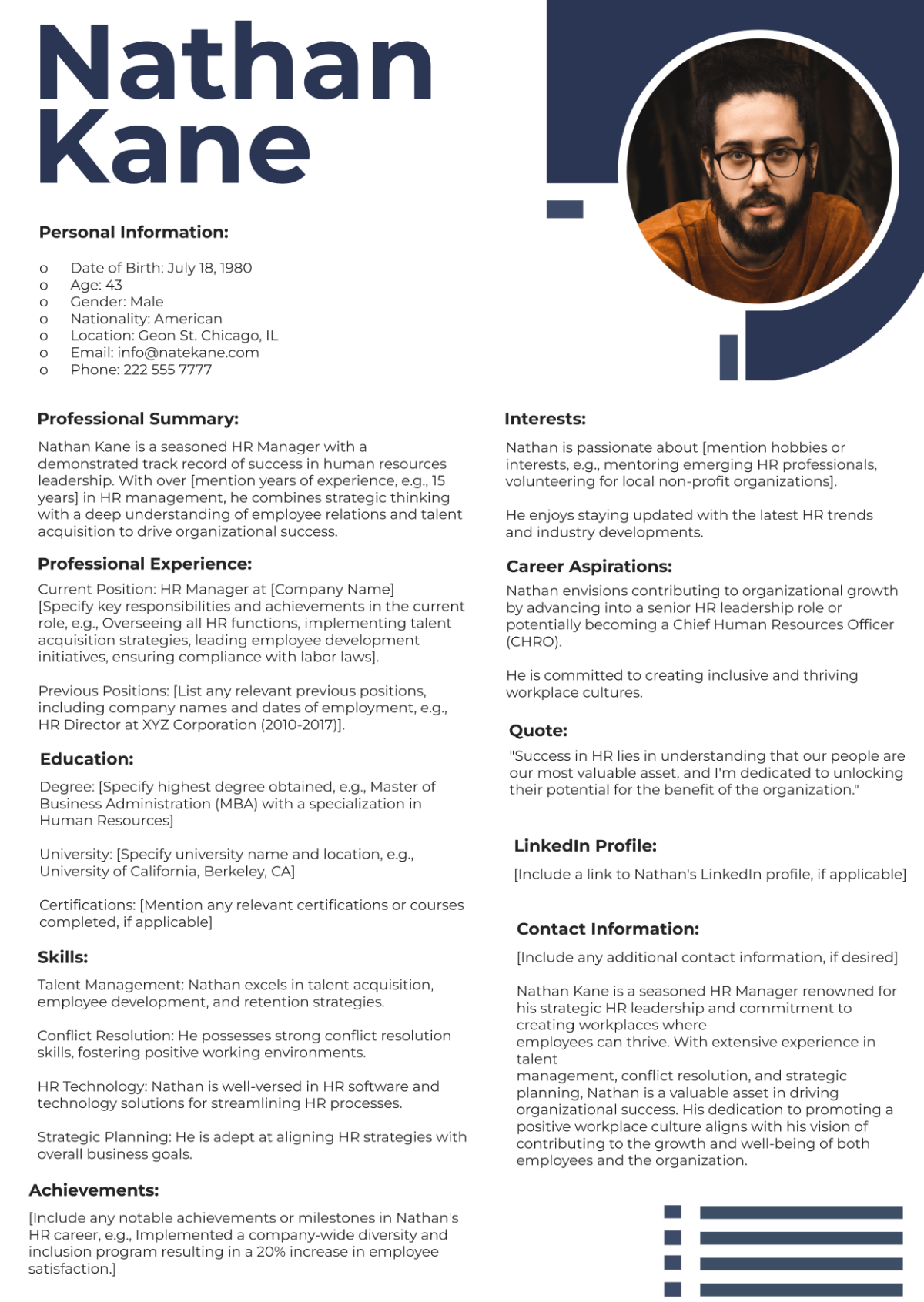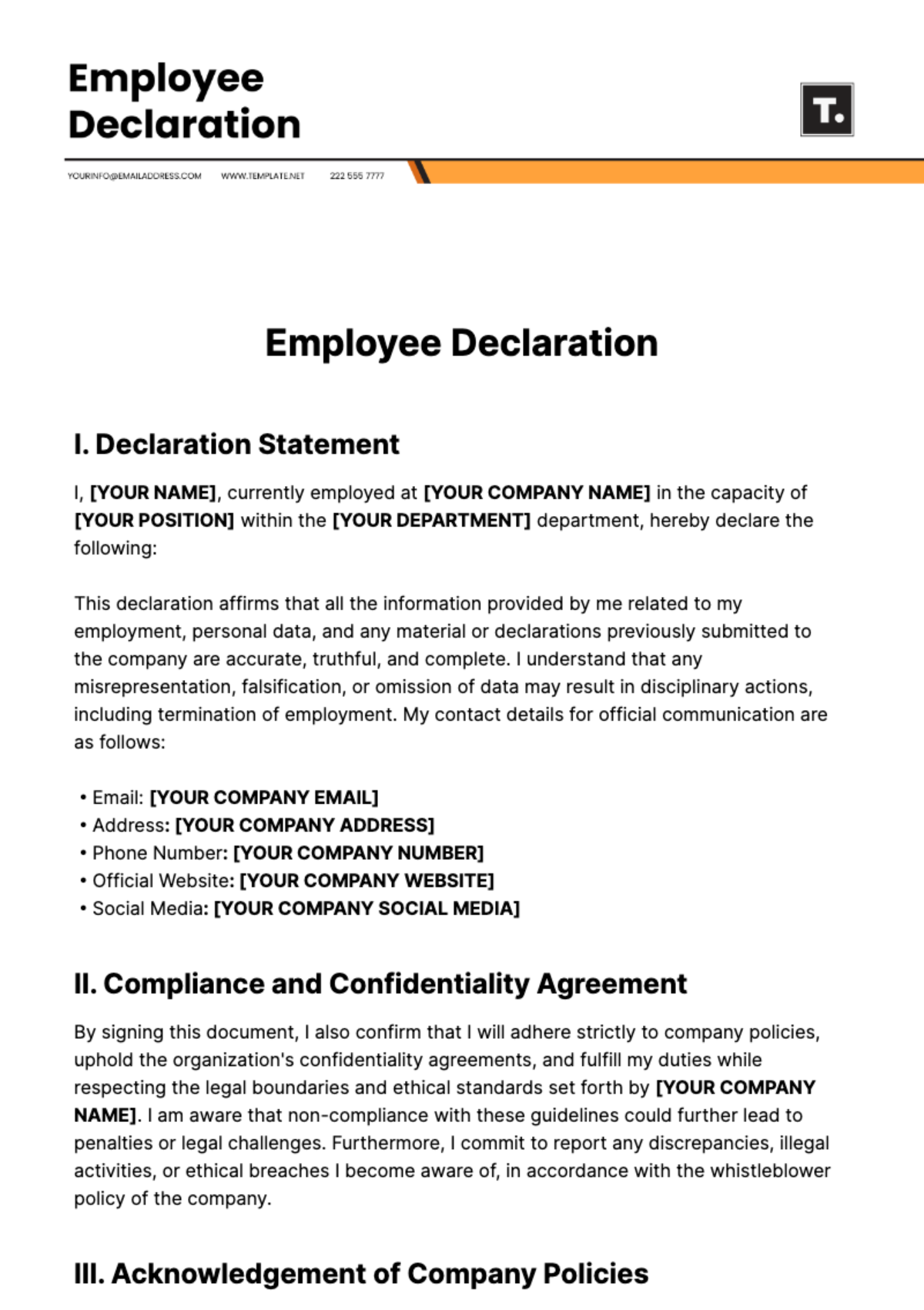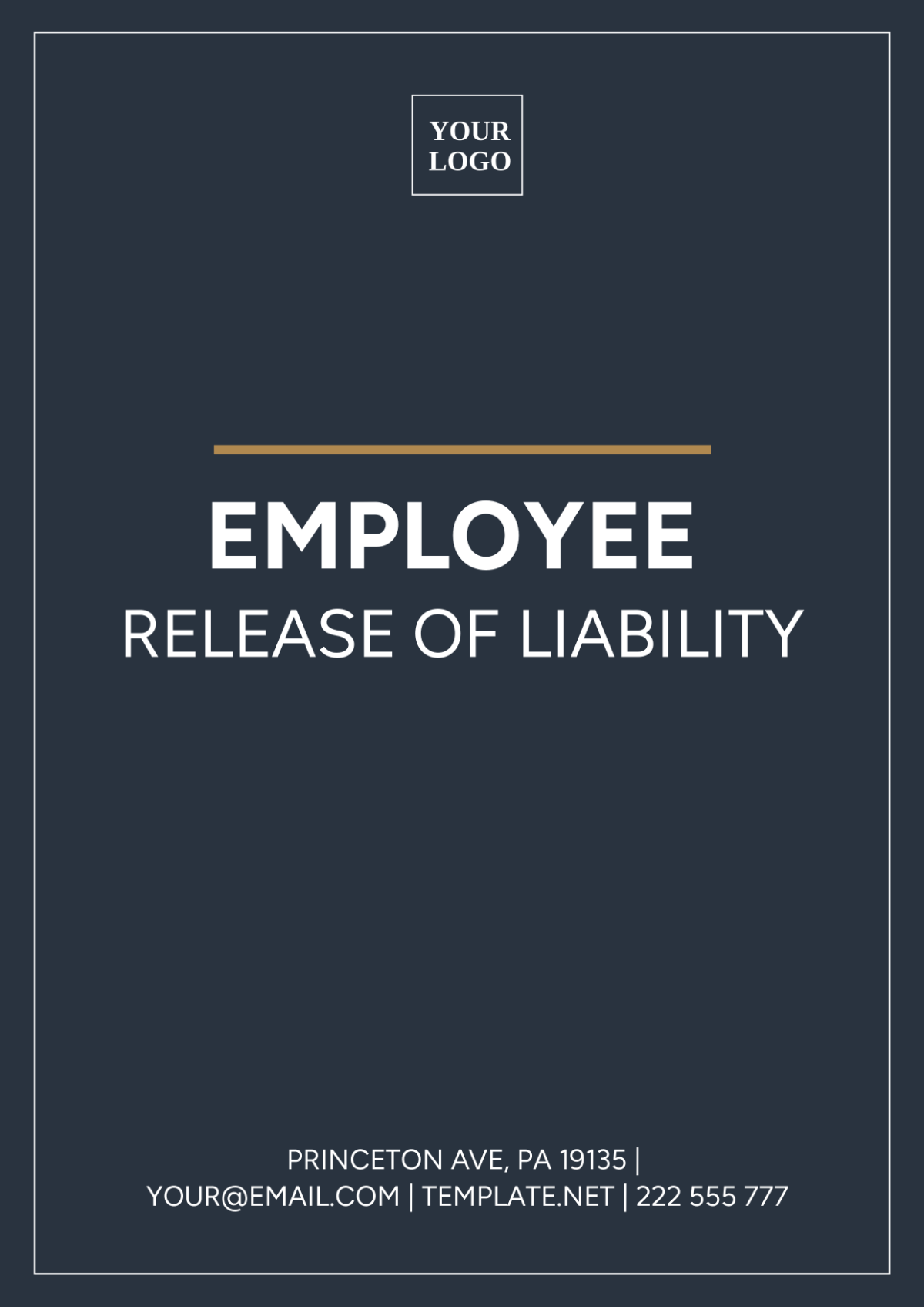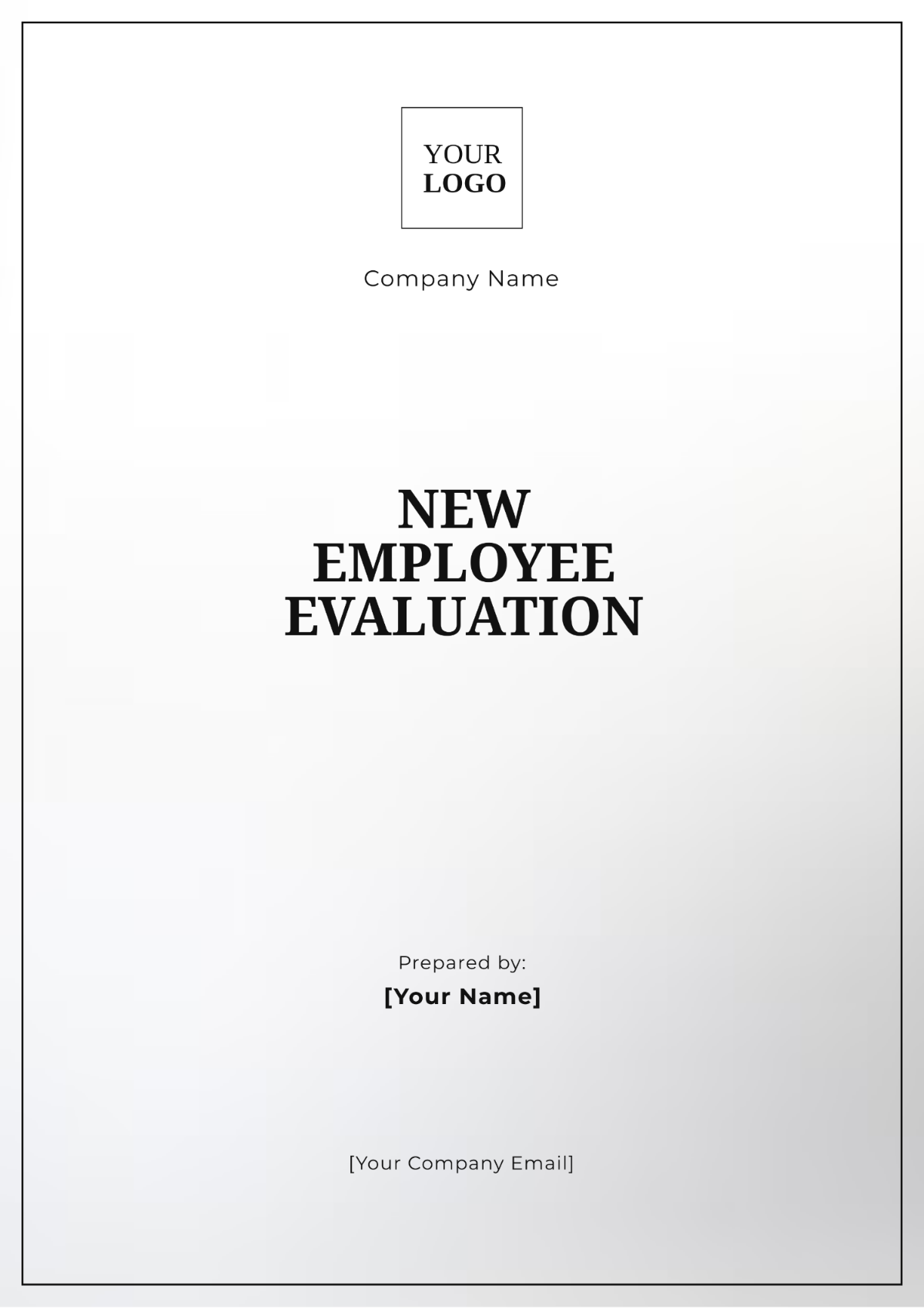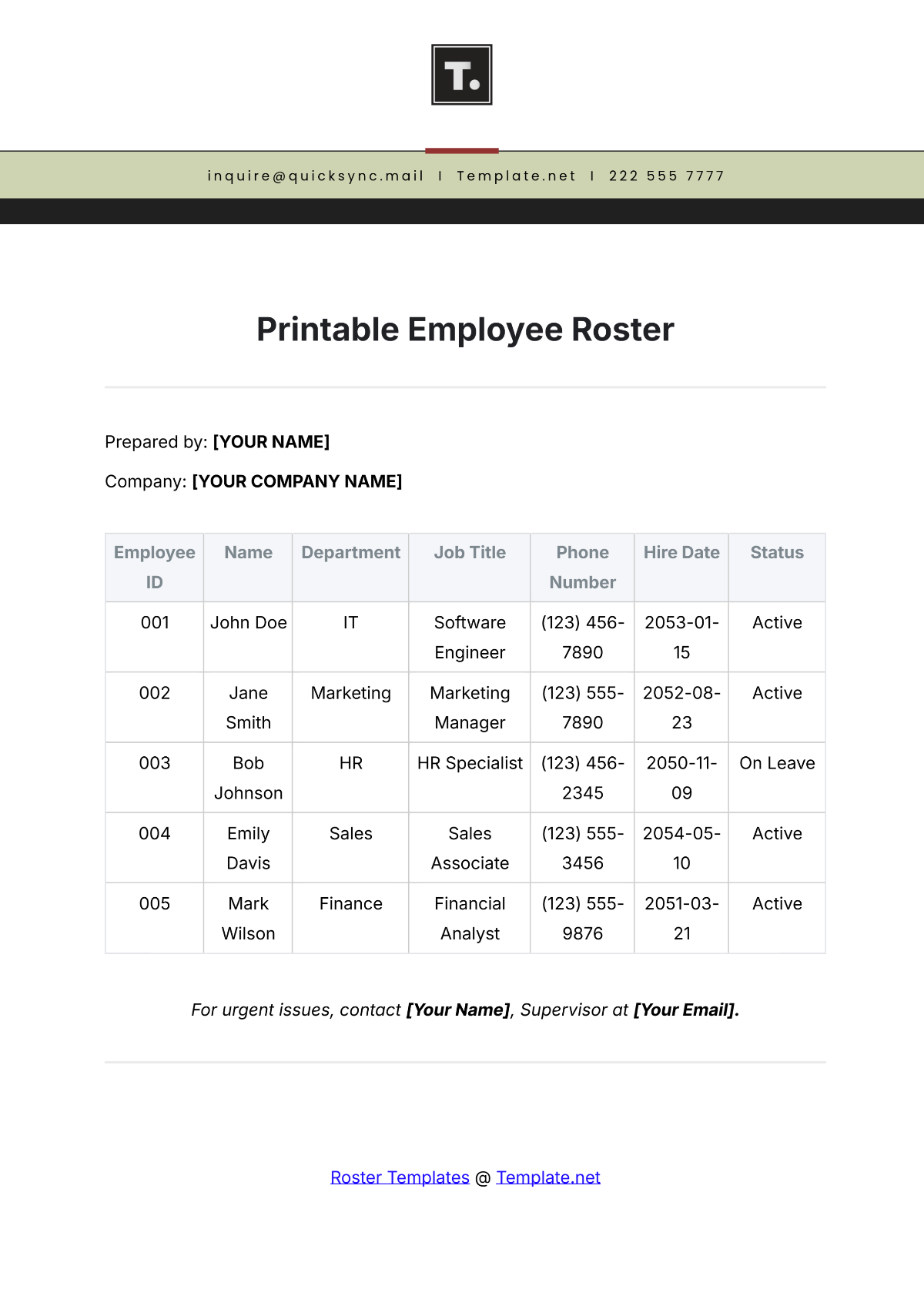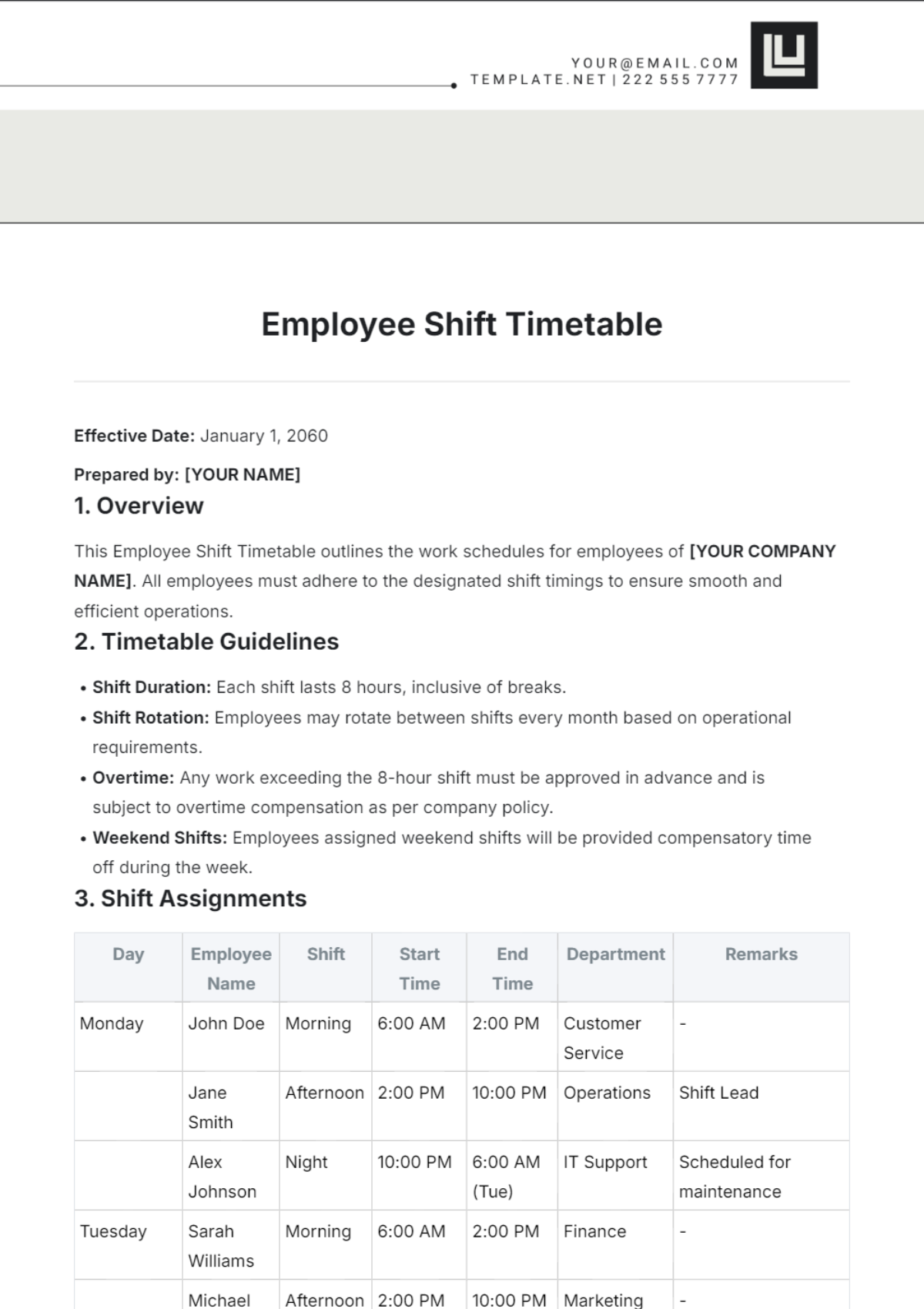Annual Employee Relationship Management Report HR
Prepared by: [Your Name]
Company: [Your Company Name]
Date: [Insert Date]
1. Introduction
This annual report serves as a comprehensive review and evaluation tool designed to delve into multiple dimensions of Human Resources at [Your Company Name]. Our prime focus is to understand the efficacy of our HR policies and interventions in fostering engagement, enhancing job satisfaction, improving retention rates, and driving optimal performance across the organization. Compiled using a range of data sources, including surveys, performance metrics, and attrition rates, this report aims to provide a multi-faceted view of the employee experience. The ultimate goal is to continually refine and evolve our human capital management strategies, based on data-driven insights and emerging trends, to foster a high-performing and satisfying work environment. As we reflect on the past year's accomplishments and challenges, this report will act as both a mirror and a roadmap, helping us to identify areas of strength and opportunities for improvement.
2. Executive Summary
This report presents a snapshot of the organizational climate at [Your Company Name], which is generally stable and positive, particularly in the realms of employee engagement and job satisfaction. Our data suggests a year-over-year uptick in these two key metrics, indicative of the successful rollout of various employee-centric initiatives and programs. However, the report also highlights areas that necessitate immediate attention, chiefly employee retention and internal communication. Despite the overall positive atmosphere, we have observed a modest increase in attrition rates as well as feedback pointing to gaps in communication between different organizational levels. These are areas that not only require intervention but could significantly impact our future performance and employee morale if not adequately addressed. This report aims to offer detailed insights into these issues, backed by data, and proposes actionable strategies for continued improvement.
3. Scope
The scope of this report is comprehensive, covering the entire spectrum of employees under the umbrella of [Your Company Name]. This includes full-time employees, part-time workers, temporary staff, and those under contract arrangements. The aim is to present an exhaustive analysis that touches upon the nuances of each employment category, thereby providing a full picture of the organizational health in terms of employee relations. However, it's important to note that freelance or outsourced staff are not included in this analysis. This exclusion is primarily because these individuals are not directly under the company's human resource policies and their engagement differs substantially in terms of employment obligations, benefits, and overall integration into the company culture. The intention is to focus on those who are directly impacted by the company's HR strategies and policies for a more targeted review and actionable insights.
4. Employee Engagement Metrics
Employee engagement is a critical indicator of organizational health, affecting everything from productivity to retention rates. In this part, we present a comparative analysis of key employee engagement metrics between the current year and the previous year. The metrics discussed include the Average Engagement Score and the Employee Net Promoter Score (ENPS). By examining these year-over-year changes, we aim to evaluate the effectiveness of our HR initiatives and identify areas for improvement. The table below breaks down these metrics, offering a clear picture of how [Your Company Name]'s engagement levels have shifted over time. This analysis serves as a vital tool for strategizing future HR policies and setting organizational goals.
Metric | Current Year | Previous Year | % Change |
Average Engagement Score | 7.5 | 6.9 | +8.7% |
5. Employee Satisfaction
Employee satisfaction is a cornerstone of a thriving work environment and directly influences company culture, productivity, and retention. Based on our annual employee survey, [Your Company Name] has achieved an impressive satisfaction rate of 80%. This marks a 5% increase compared to the satisfaction rate recorded in the previous year. The uptick is a positive indicator that our HR initiatives, including workplace flexibility, skill development programs, and employee recognition schemes, are resonating with our workforce. However, it's crucial to note that while we celebrate these gains, there's still room for improvement. In the coming year, we aim to dig deeper into the survey data to identify the specific areas where we can make further enhancements to improve satisfaction rates. This will enable us to sustain high levels of employee engagement and overall well-being.
6. Employee Retention and Turnover
In any organization, employee retention and turnover are vital metrics that offer invaluable insights into the overall health and effectiveness of human resource strategies. This chapter presents a comparative analysis of key retention and turnover statistics for [Your Company Name] over the current and previous years. By examining these metrics, we can better understand the impact of our HR initiatives and identify areas where adjustments are needed. Specifically, we will delve into the Retention Rate, which shows a promising increase from 83% to 85%, and the Turnover Rate, which has encouragingly decreased from 15% to 12%. Both metrics are indicative of the organization's stability and attractiveness as an employer, yet they also highlight areas where there is room for improvement.
7. Learning and Development
The Learning and Development sector at [Your Company Name] has experienced a significant transformation this year with the launch of a new e-learning platform. This strategic move was designed to enhance skill development, improve access to training resources, and foster a culture of continuous learning among our employees. The impact has been palpable: we have recorded a 60% increase in course completion rates, which is a substantial leap forward in achieving our upskilling goals. This surge in course completion and skill improvement metrics not only boosts individual career development but also adds value to the organization as a whole by increasing the overall skill set and competence levels. The success of the e-learning platform also reflects our commitment to invest in human capital and further validates the effectiveness of technology-driven learning solutions in a modern workplace setting.
8. Performance and Productivity Metrics
In this part, we delve into the critical metrics that gauge the overall performance and productivity levels within [Your Company Name]. The primary objective is to identify trends, areas of improvement, and to evaluate the efficacy of performance-related initiatives undertaken in the past year. These metrics serve as key indicators for understanding the impact of management practices, training programs, and other variables on employee performance.
Metric | Current Year | Previous Year | % Change | Contributing Factors |
Average Performance Score | 4.0 | 3.7 | +8.1% | Improved training, Employee engagement |
9. Communication Channels
In an effort to foster greater collaboration and transparency within [Your Company Name], an internal social networking platform was rolled out this past year. This strategic move has yielded remarkable results, showing a 40% improvement in cross-departmental communication as per our latest internal audits. Not only has the platform eliminated many communication silos that previously hindered inter-departmental projects, but it has also allowed for faster dissemination of company news and updates. Moreover, the platform has been invaluable for sharing best practices, spotlighting achievements, and even for brainstorming sessions that invite insights from diverse parts of the company. The overall engagement on the platform suggests a positive reception from our staff, indicating it has filled a significant gap in our communication channels. Therefore, we plan to continue optimizing this tool with new features to further enhance internal communications.
10. Employee Benefits and Compensation
Over the past year, we have revamped our benefits scheme to introduce more flexibility, thereby offering our employees options better suited to their individual needs and lifestyles. Remarkably, this new scheme has garnered a 70% uptake among our workforce. The most popular of these benefits has been the option for remote working days. This suggests that our employees highly value the work-life balance and flexibility that remote work offers. The success of the flexible benefits scheme aligns with our broader HR strategy of promoting employee wellness and satisfaction. Given its initial success, we plan to keep the current benefit options while exploring additional perks that might be appealing and beneficial to our employees. The strong positive response to the new scheme has also given us valuable insights into what our employees prioritize, information that we'll use to inform future policies and benefit packages.
11. Recommendations
The analysis conducted in this report indicates areas that would benefit from strategic improvements. Below, we offer specific recommendations based on the data and trends observed over the past year:
11.1. Improve Retention Strategies
While we've seen a marginal increase in retention rates, there is still room for improvement. One suggestion would be to conduct "stay interviews" to understand what keeps employees at [Your Company Name] and what might make them leave. This proactive approach could help us preemptively solve issues before they become reasons for employee turnover.
11.2. Revise the Internal Communication System
The report shows that the implementation of an internal social networking platform has indeed improved cross-departmental communication. However, we recommend revising the current internal communication system to make it more user-friendly and to introduce features that will enhance real-time communication. Given the positive impact better communication can have on all areas of an organization, this investment is critical.
11.3. Re-evaluate the Compensation Structure
The 70% uptake of the new flexible benefits scheme points to an overall satisfaction with the remuneration package. However, we recommend conducting a full market survey to ensure that our compensation structure remains competitive in the industry. This re-evaluation will also provide the opportunity to identify if any key roles are under-compensated, thereby posing a risk to employee satisfaction and retention.
By addressing these areas, [Your Company Name] can build on its successes and address its challenges more effectively, thereby ensuring a more engaged, satisfied, and productive workforce in the years to come.
12. Conclusion
The report for [Your Company Name] provides a comprehensive look into the state of our human capital. The data reveals encouraging trends, particularly in the domains of employee engagement and satisfaction, signaling the efficacy of the strategies we have implemented thus far. However, the report also uncovers areas that necessitate focused attention, most notably employee retention and internal communication mechanisms. Addressing these areas is not merely a task for the HR department but a strategic imperative for the organization as a whole. As we move into the next fiscal year, it will be vital to continue the practices that have led to positive outcomes while diligently working to improve in the identified areas of opportunity. By doing so, we aim to further solidify [Your Company Name]'s standing as an employer of choice, thus ensuring long-term organizational health and success.
13. Appendices
Appendix A: Detailed Survey Results
In this part, you'll find the full tabulation of our annual employee survey. The data is presented across multiple variables including job satisfaction, work-life balance, management effectiveness, and opportunities for professional growth. The survey had a participation rate of 90%, giving us a rich data set for analysis.
Metric | Result |
Job Satisfaction | 80% Satisfied or Highly Satisfied |
Appendix B: Employee Testimonials
Here, we have collated some anonymous testimonials from the employee survey to provide qualitative insights into employee sentiment.
"The management team is very supportive, and I've seen many colleagues grow professionally here."
"I appreciate the flexible working conditions; they truly make a difference in how I balance my personal and professional life."
"I'm pleased with the open-door policy of our managers; it makes for a more cohesive working environment."
Appendix C: Statistical Models and Methodologies
We delve into the nitty-gritty of the statistical methodologies employed to analyze the data presented in this report. The objective was not just to glean superficial insights but to deeply understand trends, relationships, and patterns among various variables. To achieve this comprehensive understanding, we deployed a multi-faceted approach that used a blend of statistical techniques.
The first technique, Descriptive Statistics, served as the foundation of our analysis. Through measures like mean, median, mode, standard deviation, and variance, we could encapsulate the central tendency, dispersion, and overall shape of the dataset. This gave us a fundamental grasp of the data landscape, making it easier to identify outliers or patterns worth exploring further.
Regression Analysis was another critical methodology used. It played a pivotal role in understanding the nature and strength of relationships between different variables. For instance, we examined how job satisfaction correlated with employee performance and other variables like length of service, department, and age. This method provided both quantitative and qualitative insights, offering a robust mechanism to predict future trends based on existing data.
Lastly, we employed Chi-Square Tests, which are particularly useful for understanding categorical data collected through surveys. These tests provided us the ability to formulate and test hypotheses concerning how different groups responded to various questions. For example, it helped us analyze whether employees from different departments had statistically different opinions about management effectiveness.
Each of these statistical methods was carefully chosen for its suitability to our dataset and the questions we sought to answer. Their combined application has allowed for a well-rounded and rigorous data analysis, the findings of which have been detailed in the preceding report parts.
For further information or clarification, please contact [Contact Person Name] at [Contact Person Email] or [Contact Person Number].
Prepared by: [Your Job Position]
Date: [MM/DD/YYYY]
This report is the confidential property of [Your Company Name] and should not be disclosed without proper authorization.







